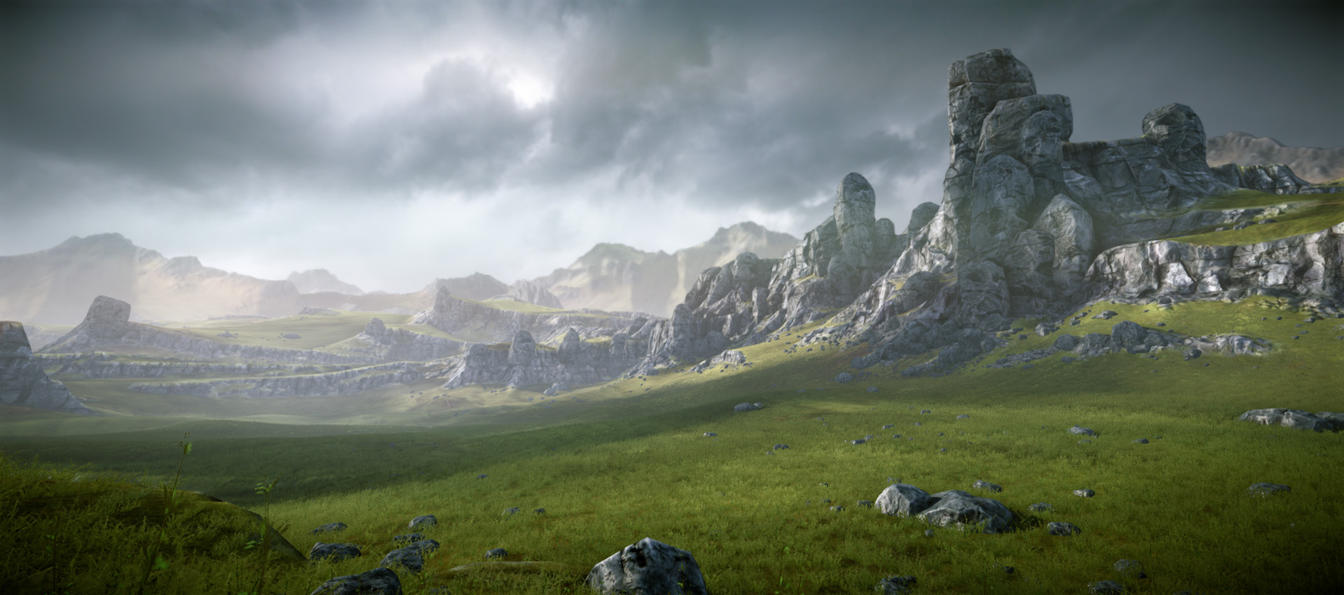A good example of this is the critically acclaimed Half Life 2, where you take control of the voiceless Gordon Freeman. Although you meet a great deal of very interesting characters, a lot of the game's emotion is provoked through the exquisite level design. From the empty sprawling streets of City 17 to the crumbling slaughterhouses of Ravenholm, the levels themselves serve to deliver the mood of the game. Tiny details in the environment like the claw-marks against the wooden boards, or the piles of rusted saws placed strategically by men before you tell stories of survival and battle in the streets of Ravenholm. Every aspect of the environment seeks to immerse you in not only the events of the present, but the history that has left its mark on the world.
 |
| Ravenholm. 5 star Bed and Breakfast. A smoke-free, pet-free, headcrab-free* getaway. |
 |
As with most elements of a game's design, it is important that the environments fit well with the themes, characters and overall mechanics of a game. When all of these things come together and are unified under a central goal; the music and sound design amplifying the mood created by great level design and well-made characters, is when games can give some of their most memorable experiences.
image sources:
http://images.wikia.com/half-life/en/images/c/cf/Ravenholm_church.jpg
http://th04.deviantart.net/fs71/PRE/f/2012/259/d/2/cryengine_3_forbidden_lands_game_environment_by_klass1987-d5eujyi.jpg
references:
http://www.worldofleveldesign.com/categories/level_design_tutorials/how-to-plan-level-designs-game-environments-workflow.php
http://n4g.com/news/571327/10-great-game-environments#c-4010326
image sources:
http://images.wikia.com/half-life/en/images/c/cf/Ravenholm_church.jpg
http://th04.deviantart.net/fs71/PRE/f/2012/259/d/2/cryengine_3_forbidden_lands_game_environment_by_klass1987-d5eujyi.jpg
references:
http://www.worldofleveldesign.com/categories/level_design_tutorials/how-to-plan-level-designs-game-environments-workflow.php
http://n4g.com/news/571327/10-great-game-environments#c-4010326



